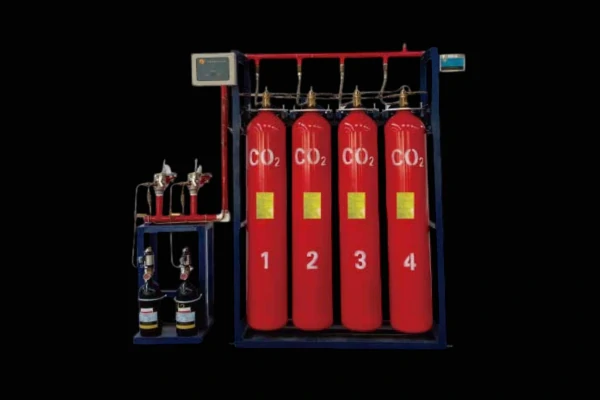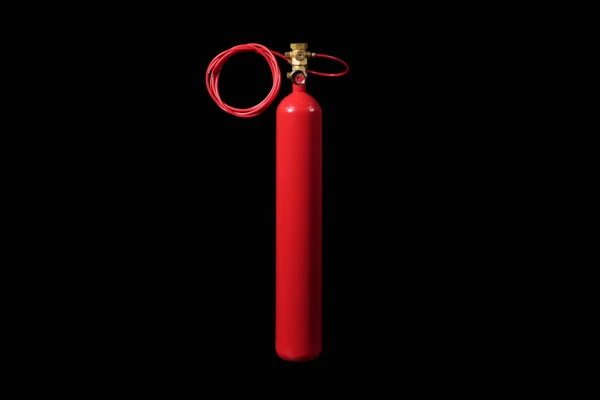Home » CO2 Fire Suppression System
CO₂ Fire Suppression System
The Flarenix CO₂ Fire Suppression System is a high-pressure CO₂ fire extinguishing solution designed for hazard areas requiring total flooding or local application fire protection. As part of advanced carbon dioxide systems, the clean agent fire suppression system utilizes carbon dioxide CO₂, a non-conductive, colorless, and odorless extinguishing agent, to suppress fires in protected areas without leaving harmful residue.
This co2 fire suppression system operates using high pressure CO₂ cylinders, which store the gas at 12.4 MPa (1798 psi), ensuring fast and efficient discharge. By reducing the oxygen concentration in unoccupied areas, the system effectively prevents combustion. The design complies with NFPA 12 standards and integrates safety features such as alarms and release delays, ensuring personnel evacuation before activation. Fully UL Listed, FM Approved, and engineered for critical fire protection applications, the CO₂ Fire Suppression System provides cost-effective, high-performance fire fighting capabilities.


Features of CO₂ Fire Suppression System
- Rapid Fire Fighting with High-Pressure CO₂ – This fire suppression system leverages high pressure CO₂ to provide a ≤60-second discharge, ensuring rapid fire containment in hazard areas.
- Multi-Zone Protection with Selector Valves – A single co2 fire suppression unit can protect multiple locations through advanced fire systems integration, reducing infrastructure costs.
- Effective in Unoccupied Areas & Local Applications – Ideal for local application in enclosures or total flooding in larger protected areas.
- Residue-Free Carbon Dioxide Systems – Unlike water-based fire extinguishing systems, carbon dioxide CO₂ leaves no residue, making it ideal for industrial, electrical, and sensitive environments.
- NFPA 12 Compliance & Flexible Activation – The CO₂ Fire Suppression System is designed in compliance with NFPA 12, supporting automatic, electric manual, and mechanical emergency activation.
- Cost-Effective Fire Protection – As one of the most economical fire suppression systems, carbon dioxide systems require minimal maintenance while providing long-term operational efficiency.
Get in touch with us
The CO₂ Fire Suppression System is an extinguishing system designed for total flooding and local application, delivering high-performance fire protection for industrial and commercial use.
- High pressure CO₂ fire extinguishing for rapid response
- Multi-zone fire suppression system with selector valve technology
- Non-conductive, residue-free carbon dioxide systems for electrical and industrial applications
- Certified under NFPA 12, UL, and FM for compliance
- Flexible activation methods to meet industrial safety requirements
Contact us today to integrate this high-performance CO₂ Fire Suppression System into your facility.


